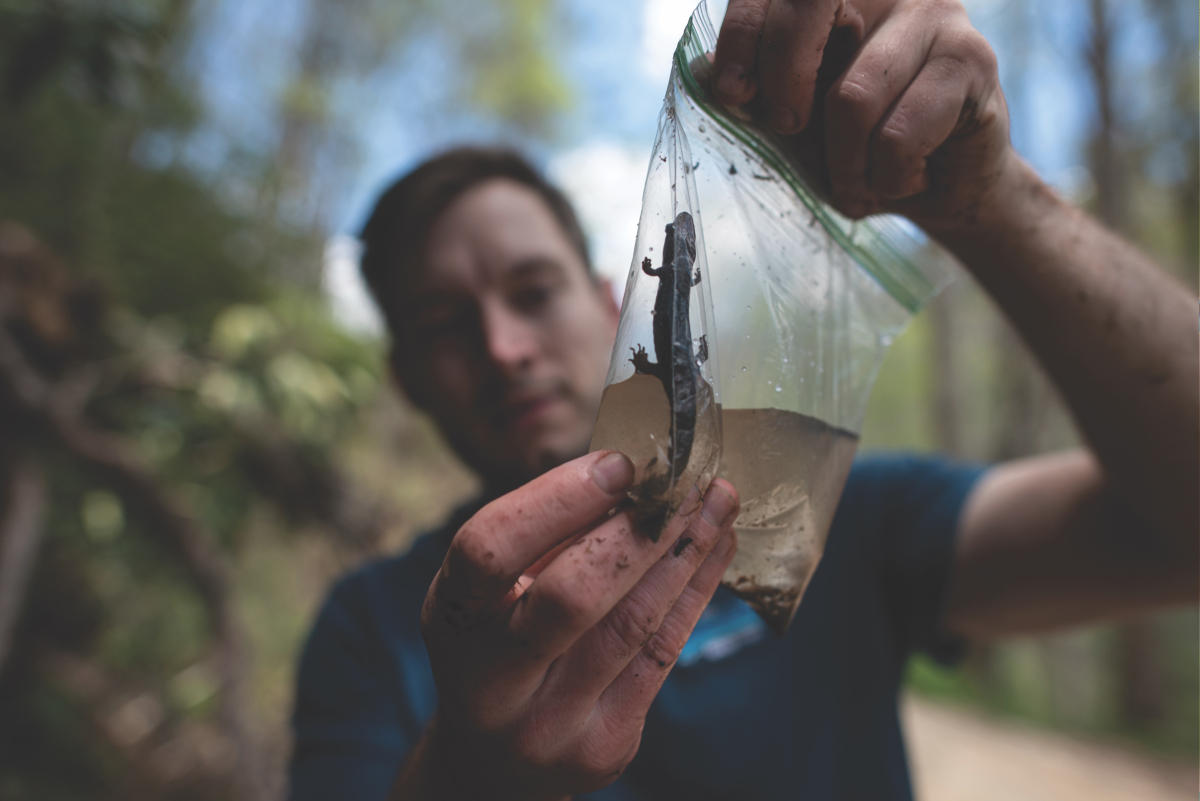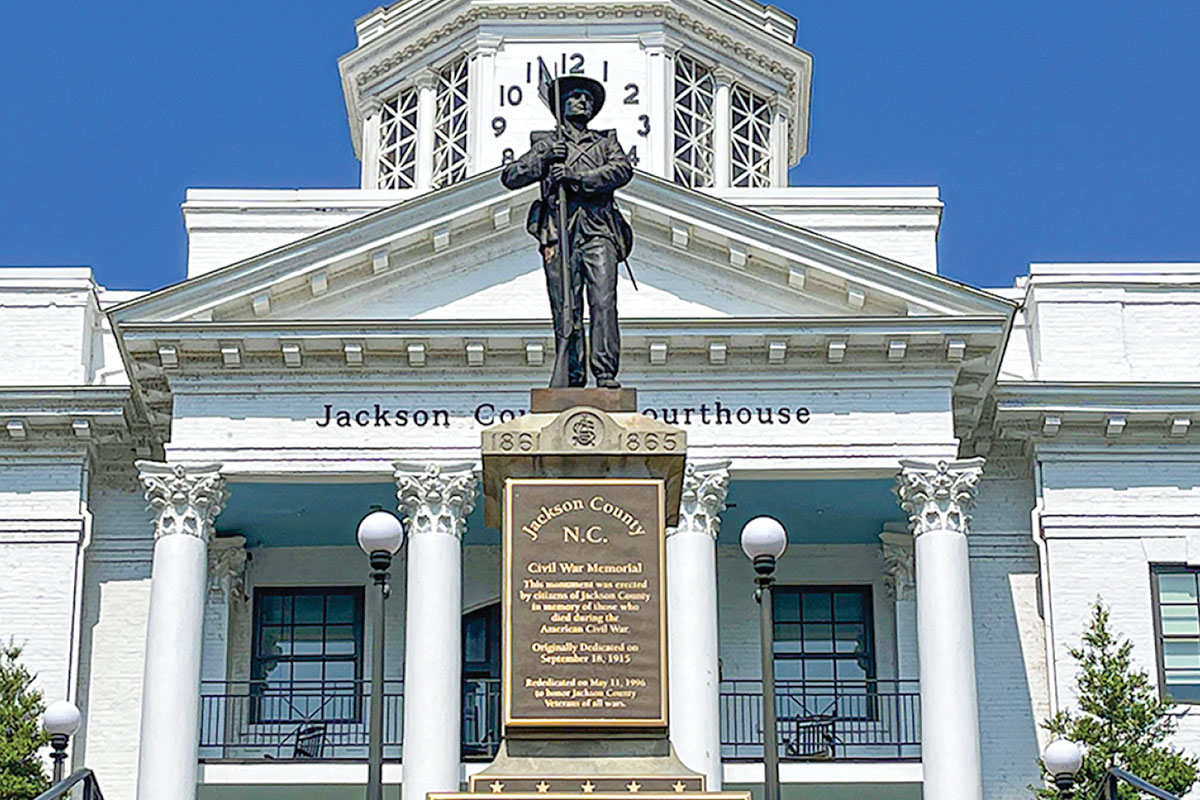Nursing students find purpose amid difficulties of pandemic
For students in the nursing program at Western Carolina University, the Coronavirus Pandemic sauntered into their world during spring break 2020. On Wednesday of that week, the university informed students that the break would be extended by one week. By Friday, the news was more dire, students wouldn’t be returning to campus at all.
As cases recede, health experts urge caution
Vaccination numbers have nearly doubled in the four-county area of Haywood, Jackson, Swain and Macon counties over past month and case numbers are way down, but with Easter weekend and spring break trips on the horizon, public health officials are urging the public to continue taking measures to prevent the spread of COVID-19.
WNC schools to finish school year in person
North Carolina State legislators have voted to send more students back to in-person learning with the passage of Senate Bill 220. Titled “The Reopen Our Schools Act of 2021,” the bill will require districts to offer full-time, in-person learning for K-5 students, where previously school districts could choose what plans to offer K-5. It also gives districts the option to offer Plan A, fully in-person learning, or Plan B, a hybrid plan with remote and in-person learning, to students in grades 6-12.
One year later: COVID-19 killed 189 in the four-county area
When life as we knew it slammed to a sudden stop in mid-March of 2020, the novel coronavirus from Wuhan hadn’t yet infected a single resident of Western North Carolina, but with the virus continually expanding its territory since the United States’ first confirmed case on Jan. 21, 2020, it seemed only a matter of time.
COVID cases plunge as vaccine availability increases
Coronavirus cases, deaths and hospitalizations are falling sharply around the region as vaccine coverage improves, providing a longed-for surge of optimism on the way out of a deadly and depressing winter season.
Been a long time since I rock and rolled: Facing uncertainty amid the shutdown, WNC bands aim even higher
In the depths of The One Stop in downtown Asheville on Saturday, members of the Travers Brothership and Abby Bryant & The Echoes were setting up and sound checking for that evening’s inaugural “Blue Ridge Blues Jam.”
An excellent history lesson
Having recently read and reviewed for the Smoky Mountain Living magazine Vicki Lane’s And The Crows Took Their Eyes, a fine novel set in Madison County during the Civil War and focused on the Shelton Laurel Massacre, this week I returned to that era with J.L. Askew’s War In The Mountains: The Macbeth Light Artillery at Asheville, N.C. 1864-1865 (Covenant Books, Inc., 2020, 535 pages).
Vaccination coverage improves in WNC
Vaccination coverage is picking up in Western North Carolina, with the percentage of the population receiving at least one dose now in the double digits for every far western county.
WNC schools already adhering to state recommendation
Last week, North Carolina officials recommended that all schools return to in-person learning as soon as possible.
Reparations, Six Months Later: So Far, Empty Promises
By Barbara Durr and Peter H. Lewis • Asheville Watchdog | Six months ago, as part of a reckoning on racial injustice, the City of Asheville and Buncombe County both passed resolutions to consider reparations to the Black community as a way to begin making amends for slavery and generations of systemic discrimination. The votes were hailed as “historic” by The Asheville Citizen Times, and ABC News asked, “Is Asheville a national model?”






















